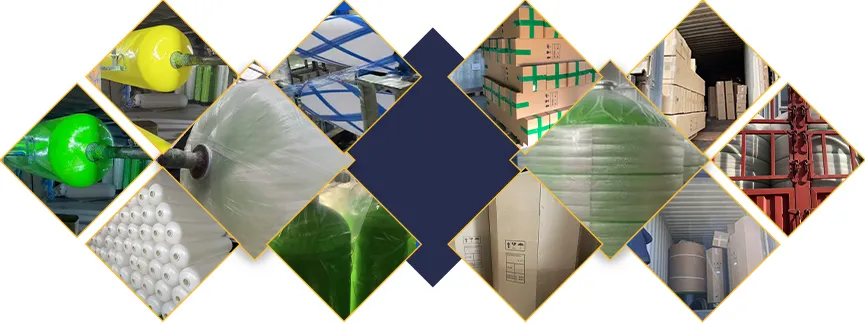loading...
- No. 9, Xingyuan South Street, Dongwaihuan Road, Zaoqiang County, Hengshui, Hebei, China
- admin@zjcomposites.com
- +86 15097380338
- Welcome to visit our website!
square water tank
The Square Water Tank An Efficient Solution for Water Storage
Water is one of the most vital resources on our planet. As our population continues to grow, so does the demand for effective water storage solutions. Among the various designs available, the square water tank has emerged as a popular choice for both residential and commercial applications. This article delves into the features, benefits, and considerations associated with square water tanks, highlighting why they are an optimal solution for water storage.
Design and Structure
The square water tank, as its name suggests, features a square or rectangular shape. This design offers several advantages over cylindrical tanks. Firstly, the square shape allows for easier integration into various environments, from urban settings to rural landscapes. The corners of the tank can be easily positioned against walls or buildings, maximizing space efficiency.
Moreover, the construction material often used for square water tanks ranges from reinforced concrete to high-density polyethylene (HDPE) and glass-fused steel. Each of these materials provides durability and resistance to weather conditions, ensuring that the water stored inside remains clean and uncontaminated.
Space Efficiency
One of the significant benefits of using a square water tank is its efficient use of space. Because of its shape, this type of tank can be easily designed to fit specific locations, whether it is in a backyard, roof space, or even a basement. In urban settings where real estate is expensive, optimizing available space is crucial. Square tanks can be stackable, and multiple units can be configured to fit into tight spaces, making them ideal for municipalities and businesses that cannot afford to waste any area.
Versatility in Applications
square water tank

Square water tanks are remarkably versatile. They can be used for various purposes, ranging from potable water storage to irrigation and firefighting systems. In industrial applications, square tanks are often utilized for wastewater treatment and chemical storage due to their sturdy construction and easy maintenance.
In residential areas, homeowners use square water tanks for rainwater harvesting systems. Collecting rainwater not only helps reduce dependency on municipal water supplies but also promotes sustainability. These tanks can store large amounts of water, making them a practical choice for irrigation and outdoor use.
Maintenance and Cleaning
Another aspect that makes square water tanks appealing is their ease of maintenance. The flat surfaces are simpler to clean compared to rounded counterparts, allowing for efficient cleaning practices that help maintain water quality. Most square tanks come with access points such as manholes or hatches, making it convenient to conduct routine inspections and cleaning.
Cost-Effectiveness
When it comes to cost, square water tanks often represent a more economical choice. Their design requires less material to construct when compared to cylindrical tanks, which can translate into lower production and installation costs. For those on a budget, selecting a square tank can deliver significant savings without sacrificing quality or functionality.
Conclusion
The square water tank is a practical solution for various water storage needs, blending space efficiency with versatility and cost-effectiveness. Whether used in residential, commercial, or industrial settings, these tanks provide an excellent option for managing water resources effectively. With the growing emphasis on sustainable practices and efficient resource management, square water tanks are set to play an increasingly important role in our water storage solutions for the future. As we look to optimize our use of water, investing in reliable systems such as square water tanks is a step towards responsible water stewardship and sustainability.
-
The Rise of FRP Profiles: Strong, Lightweight, and Built to LastNewsJul.14,2025
-
SMC Panel Tanks: A Modern Water Storage Solution for All EnvironmentsNewsJul.14,2025
-
GRP Grating: A Modern Solution for Safe and Durable Access SystemsNewsJul.14,2025
-
Galvanized Steel Water Tanks: Durable, Reliable, and Ready for UseNewsJul.14,2025
-
FRP Mini Mesh Grating: The Safer, Smarter Flooring SolutionNewsJul.14,2025
-
Exploring FRP Vessels: Durable Solutions for Modern Fluid HandlingNewsJul.14,2025
-
GRP Structures: The Future of Lightweight, High-Performance EngineeringNewsJun.20,2025
